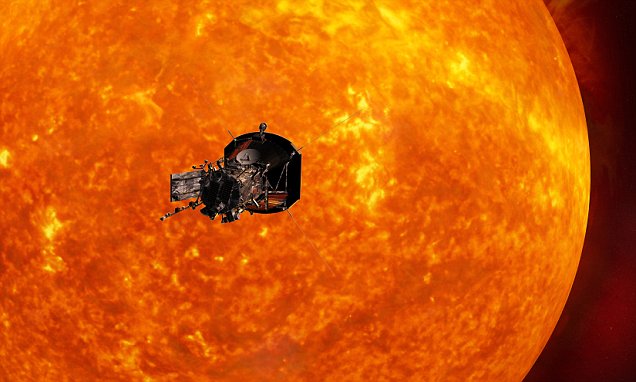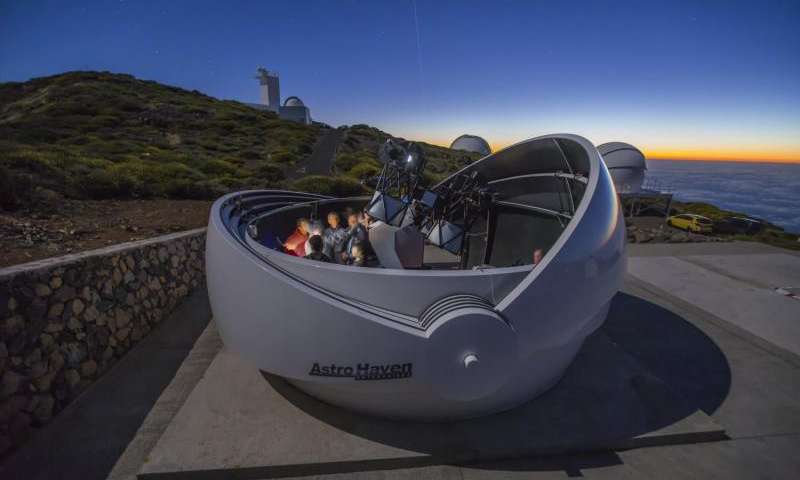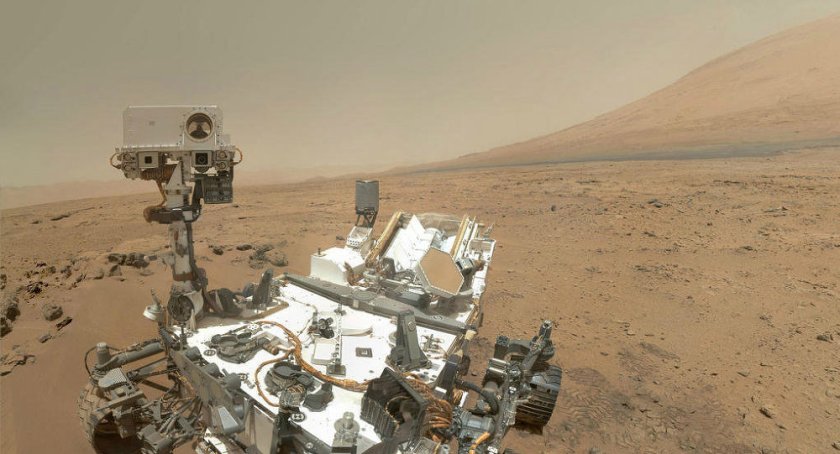NASA is ready to roll out the world’s initial operation to the Sun in 2018, which will discover outer atmosphere of our star and answer queries regarding solar physics that have bamboozled experts for over 60 years.
The Parker Solar Probe has been dubbed in honor of Eugene Parker, the revolutionary astrophysicist who anticipated the presence of the solar wind almost 6 decades ago, the U.S. space agency declared this week.
“It is the first time in the history that NASA has named a spaceship for a living person,” claimed Associate Administrator for Science Mission Directorate of NASA, Thomas Zurbuchen.
The spaceship, which is almost the size of a tiny car, is equipped with technological advancements that will answer many of the biggest secrecies related to the Sun, including discovery of why the surface of the Sun is less hotthan its corona.
Parker Solar Probe will have a trip through the atmosphere of the Sun, closer to its surface than any spaceship ever, facing atrocious radiation and heat circumstances and eventually offering humankind with the closest-ever annotations of a star, NASA claimed.
To carry out these extraordinary investigations, the instruments as well as the spaceship will be guarded from the heat of the Sun by a carbon-composite shield that is 4.5-inch thick.
The spaceship is ready to be launched through a 20-day window that unlocks on July 31, 2018 from Kennedy Space Centre of NASA situated in Florida.
“The solar probe is travelling to an area of space that has never before discovered,” said former astrophysicist and Professor at the University of Chicago, Parker.
“It is extremely thrilling that we will at last get a glance. One might like to have some more comprehensive dimensions of what is about to happen in the solar wind. I am certain that there will be a number of revelations. There always are,” claimed Parker.
In the era of 1950s, Parker anticipated some theories about how stars, including our Sun, emit energy.
He named this flow of energy as the solar wind, and he explained a complete composite system of magnetic fields, plasmas, and energetic particles that structure this occurrence.
Parker also theorized a clarification for—why the extremely heated atmosphere of the Sun, which is known as the corona and is opposing to what was anticipated by laws of physics, is hotter as compared to the exterior of the Sun?
Many missions of NASA have sustained to aim on this multifaceted environment of space defined by the Sun—a section of study named as heliophysics.
In a nutshell, NASA is all set to let the cat out of the bag via this mission.
###











